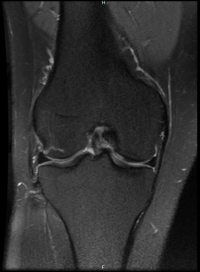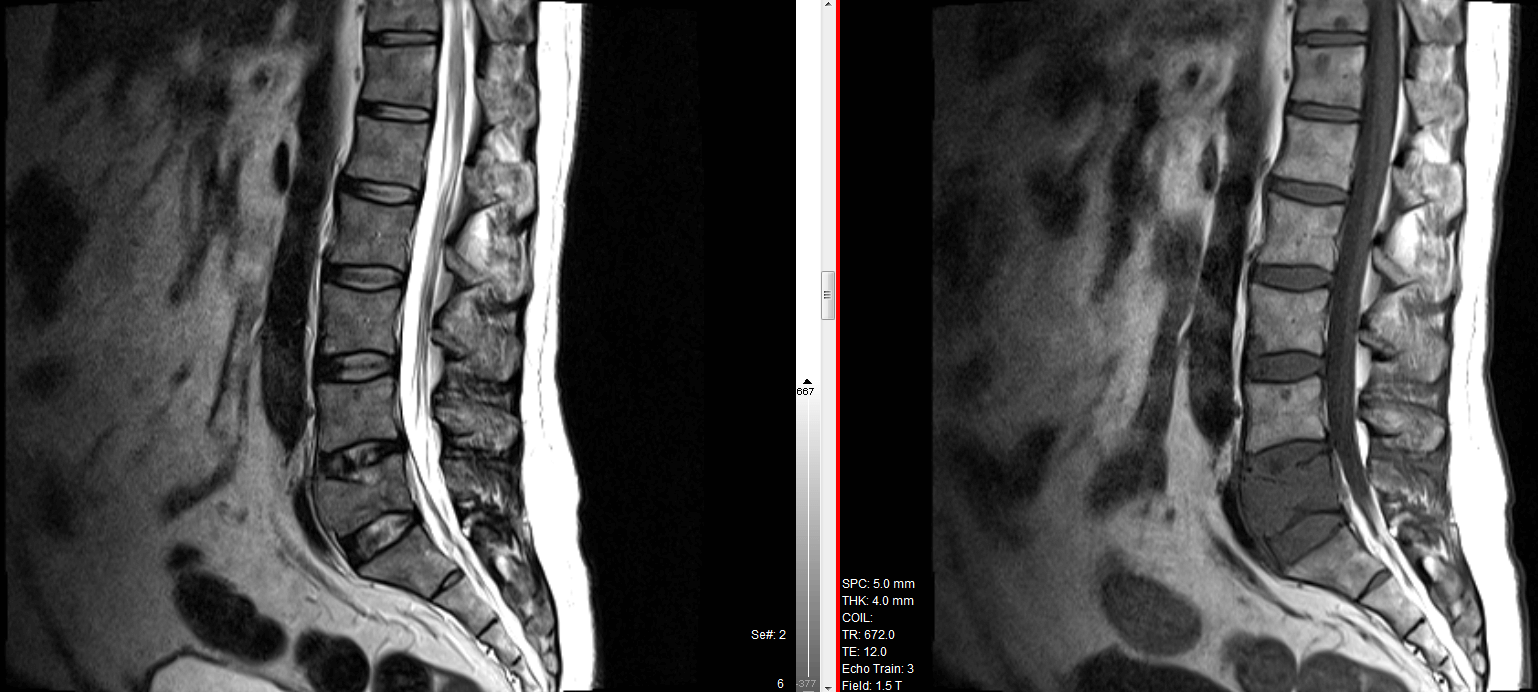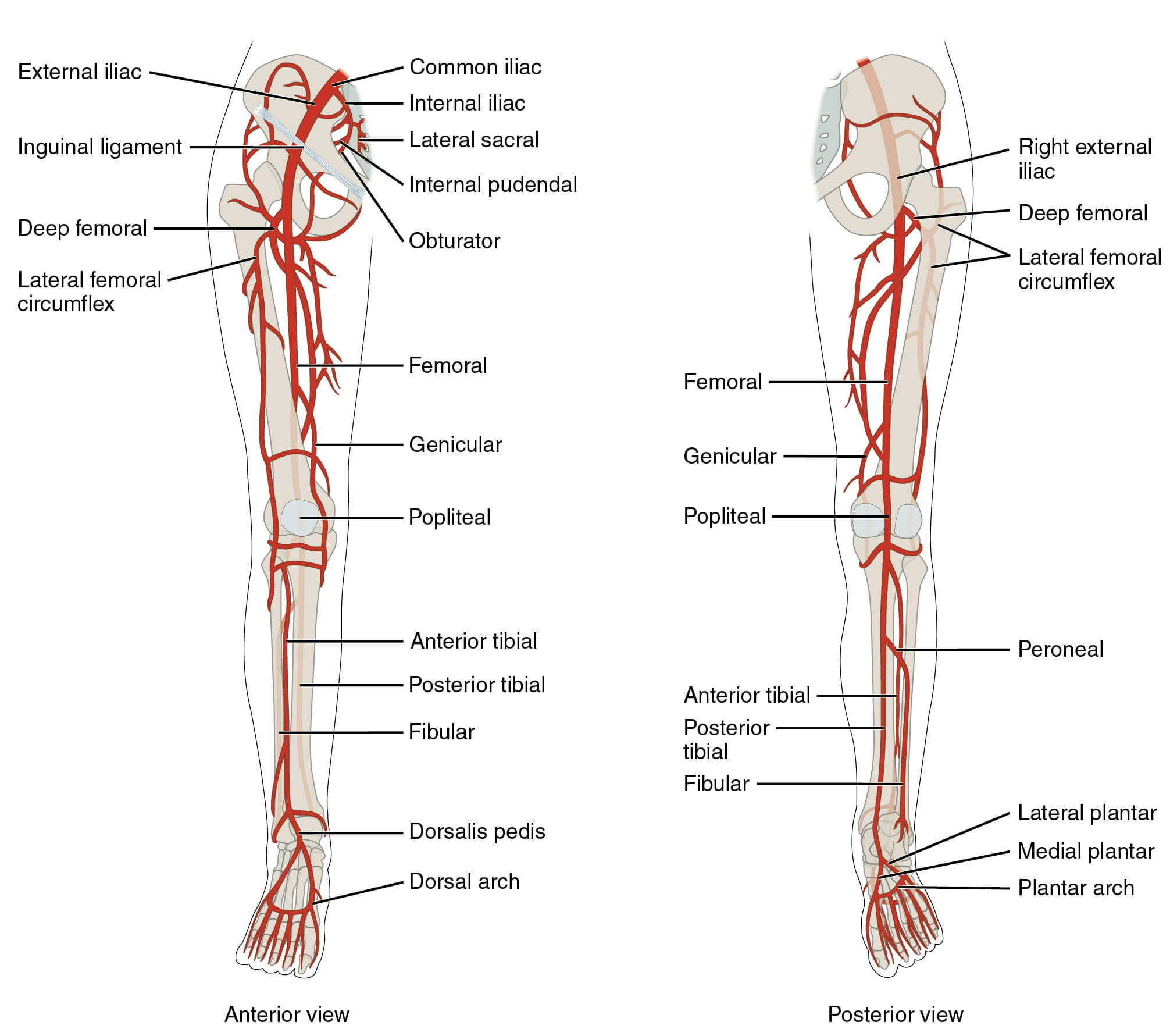- Renin - enzyme secreted by juxtaglomerular cells of afferent arteriole of kidneys, also called renin secreting granular cells.
- Angiotensin - protein hormone formed from angiotensinogen (protein stored in liver) first by action of renin which converts it to angiotensin I and then by angiotensin converting enzyme (ACE) to angiotensin II.
- Aldosterone - hormone secreted by adrenal glands of kidneys which acts on distal convoluted tubule to increase reabsorption of sodium.
The Renin Angiotensin Aldosterone System is a sequential system which gets activated when
- Blood pressure (BP) is low
- Blood volume (BV) is low
This can happen for example if there is heavy bleed causing loss of blood flow, an anaphylatic shock causing vasodilation, or hypovolemia.
Step 1 - Renin
Low BP or BV causes the release of Renin. There are 3 ways by which this gets released.
- Juxtaglomerular cells - The afferent arteriole of the glomerulus has cells called juxtaglomerular cells also called renin secreting granular cells which are baroreceptors. They notice low BP and causes a release of renin.
- GFR - normally 120 mls of blood is filtered every minute by the glomerulus. In other words 120 mls of filtrate is formed at the bowmans capsule. Reduction in BP or low BV causes a decrease in GFR. As a result the movement of fluid is slow in the nephron as a result of which more sodium is absorbed from the nephron into the blood. In the distal convoluted tubule (DCT) there are macula densa cells which are chemoreceptors. They recognise low concentration of sodium in the fluid. The macula densa cells are just next to the afferent ateriole and has a connection with them. They then stimulate the granular cells to cause a release of renin.
- Sympathetic Innervation - low BV and BP also causes increased sympathetic innervation of the granular cells which causes a release of renin.
Step 2 - Angiotensin
Once renin is released by the kidneys it is in the blood stream. The liver stores a protein called angiotensinogen.which is also released in blood. When renin comes in contact with angiotensinogen, it converts it into angiotensin I. Angiotensin I is a weak vasoconstrictor. Lungs release another enzyme called angiotenin converting enzyme (ACE) which is also released into blood. When ACE comes in contact with angiotenin I, it converts it into angiotensin II. Angiotensin II is a very potent vasoconstrictor which does 4 things
- It causes general vasoconstriction thus causing an increase in BP
- It constricts efferent arteriole which causes an increase in GFR thus increasing the sodium levels in DCT
- It travels to adrenal glands (to the cortex) and stimulates it to release aldosterone.
- It travels to the hypothalamus and causes it to secrete ADH (anti diuretic hormone) from the posterior pituitary which acts on the DCT and collecting ducts to reabsorb more water thus increasing BV and thus BP.
Step 3 - Aldosterone
Aldosterone travels to the DCT and causes reabsorption of sodium into the blood. Wherever there is increased sodium, water follows. Therefore increased reabsorption of sodium into the blood causes an in increase in BV thereby increasing BP.





